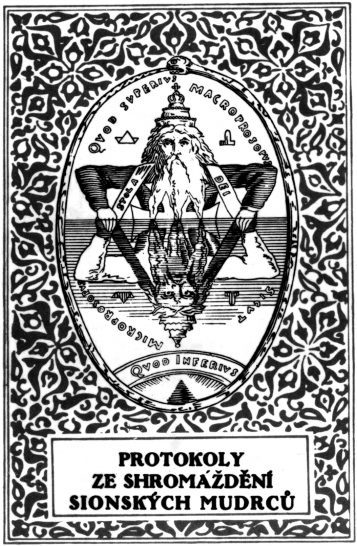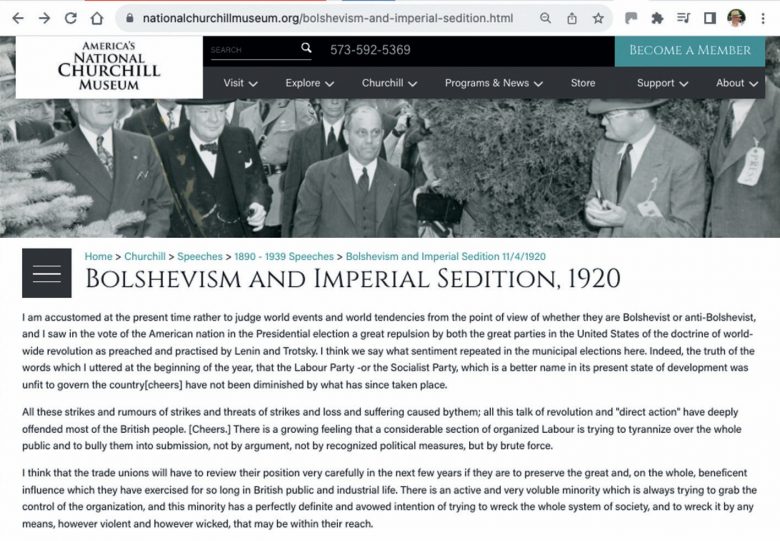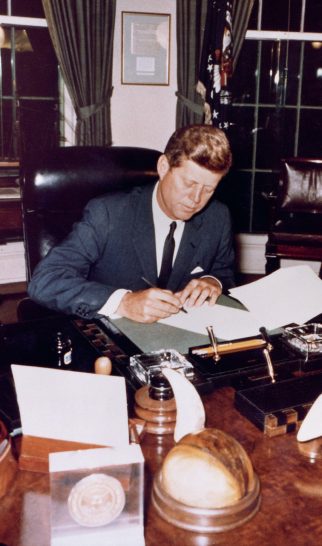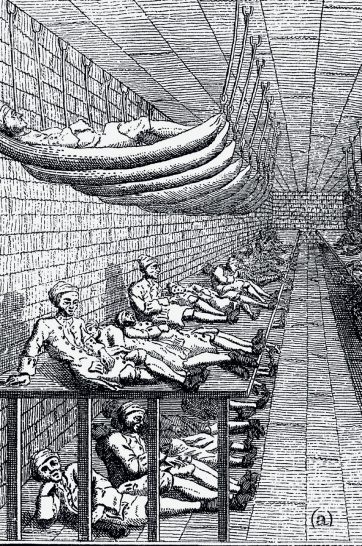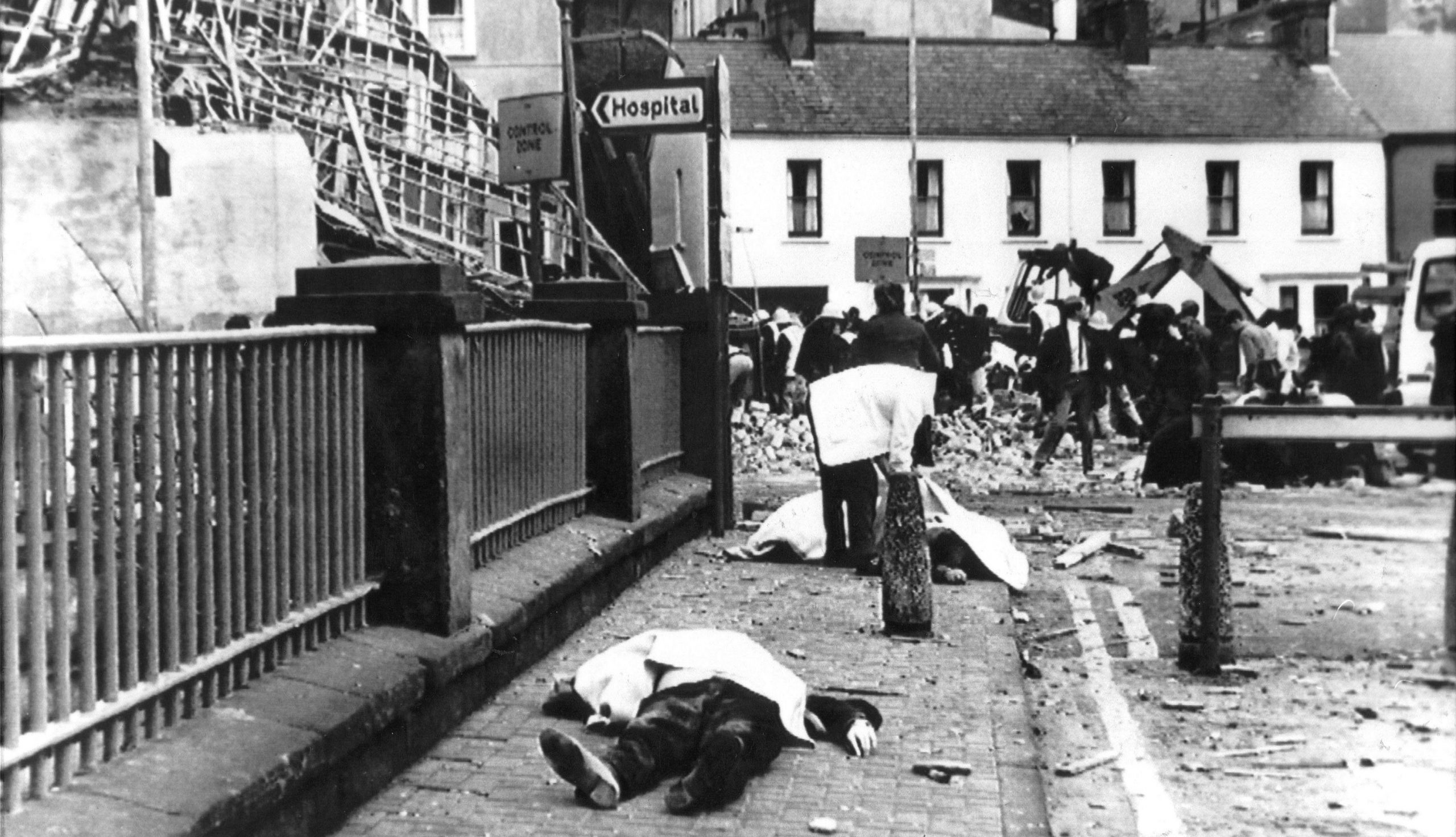
On 10 April 1998, the Good Friday Agreement brought an official end to three decades of a violent campaign by the Provisional IRA (IRA) aimed at uniting Northern Ireland with its Republic neighbours to the south. The Good Friday Agreement’s three strands involved agreements about Anglo-Irish relations, north-south relations and the settlement within Northern Ireland itself.
Sinn Féin’s ‘Armalite and ballot box’ strategy emerged in 1981: the IRA would wage war against the British but Sinn Féin would seek to win elections to strengthen its claim to speak for the nationalist community. Gerry Adams’ election as MP for West Belfast in 1983 seemed to suggest that that this strategy was working.
Your organisation does not have access to this article.
Sign up today to give your students the edge they need to achieve their best grades with subject expertise
Subscribe

